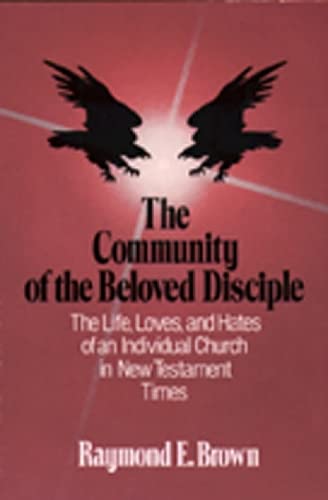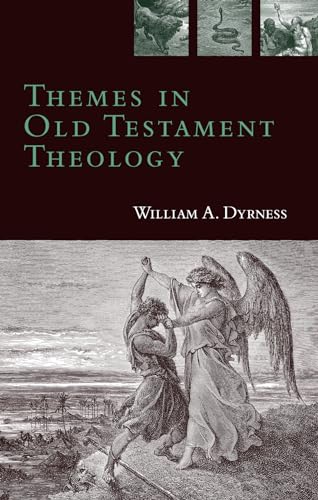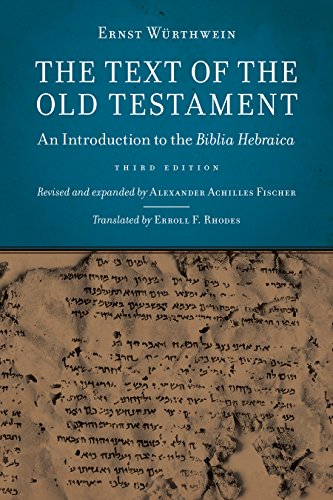The Community of the Beloved Disciple: The Life, Loves, and Hates of an Individual Church in New Testament Times
Written by Raymond E. Brown Reviewed By Donald W. BurdickHas Philo been resurrected? Or have medieval allegorists appeared in the ranks of present day biblical interpreters? One might think so upon first glance at Father Brown’s suggestion that ‘the Gospel (of John) must be read on several levels’ (p. 17)—literally as telling the story of Jesus and autobiographically as representing the history of the community in which it arose.
If it is allegory, however, it is allegory of a new variety. The approach to Johannine literature which Brown uses has appeared on the scene in recent years and has been applied with some thoroughness by J. L. Martyn in his History and Theology in the Fourth Gospel. It assumes that one can ‘detect Christian community life beneath the surface of the Gospel story’ (p. 48). The deeds and sayings of Jesus are said to have been selected for inclusion in the Gospel because they reflected the experiences of the Johannine community and were of practical value in assisting Johannine Christians in their life and witness.
The author of this book is Auburn Professor of Biblical Studies at Union Theological Seminary in New York. A Johannine scholar of worldwide reputation, Brown is the author of the two Anchor Bible volumes on the Gospel of John and of the AB volume on the Johannine Epistles (1981).
Using the above method, he arrives at the following understanding of the Johannine community.
(1) It began with Jews who had no problem in recognizing Jesus as Messiah (Jn. 1:35–51). Some of the early members of the community were disciples of John the Baptist (1:35–42). The same passage also indicates that the unnamed follower may have been the Beloved Disciple. (Brown has changed his mind since writing his first AB volume on John. He no longer identifies the Beloved Disciple as John the Son of Zebedee. In fact, he does not view him as one of the Twelve.)
(2) A second group, composed of anti-Temple Jews is assumed later to have entered the community (4:21) and to have been instrumental in the conversion of a number of Samaritans (4:1–42; 8:48).
(3) In time a conflict developed with the Jews resulting in expulsion from the synagogue (9:22–23, 33–38) and in the death of some Johannine Christians (16:2). The blind man of John 9 is said to be ‘acting out the history of the Johannine community’ (p. 72).
(4) This rejection by the synagogue probably resulted in the reception of Gentiles into the community (12:20–23). Therefore, the Evangelist (who is neither the Apostle nor the Beloved Disciple) must explain Jewish terms such as ‘Messiah’.
(5) In the Johannine Epistles the development of a division in the community is reflected. A faction, designated as the secessionists, left the group (1 John 2:19). However, the author of the Epistles (not the Gospel author) and the secessionists were not widely divergent in their views, for both based their views on ‘the proclamation of Christianity available to us in the Fourth Gospel’. They simply interpreted it differently. Neither group considered itself to be heretical, nor were the secessionists actually gnostic at this stage. 1 John was written by an unknown member of the community to combat the secessionist interpretation of the Gospel.
(6) Ultimately the Johannine group was absorbed by the Great Church of the second century and the secessionists moved rapidly toward gnosticism.
Any critique of Brown’s approach to the Johannine question should recognize that the selection and recording of events from the life of Jesus must have been influenced to some degree by the sitz im leben of the church at the time the Gospel was composed. It is questionable, however, that Brown is justified in the extent to which he goes in finding parallels between the life of Jesus and the life of the church. The selection of parallels in most instances is based on similarities and is therefore arbitrary.
It is commendable to attempt to look at the situation reflected in 1 John from the viewpoint of the secessionists. This is an attempt that has seldom if ever been made. However, the minimal difference which Brown assumes to have existed between the secessionists and the author of the Epistle fails to do justice to John’s strong statements of rejection. He declares that the secessionists ‘did not really belong to us’ (2:19) and that they were antichrists (2:22). The defection was basically theological; it was apostasy from foundational truth upon which the very existence of Christianity rests. To minimize the seriousness of the defection, as Brown does, is to undermine the author’s integrity as an objective and honest analyst of the current religious situation. It would be more in keeping with the evidence to accept John’s statements at face value. To do so would satisfactorily explain such factors as John’s blunt statements of rejection.
Donald W. Burdick
Professor of New Testament, Conservative Baptist Theological Seminary, Denver, Colorado






